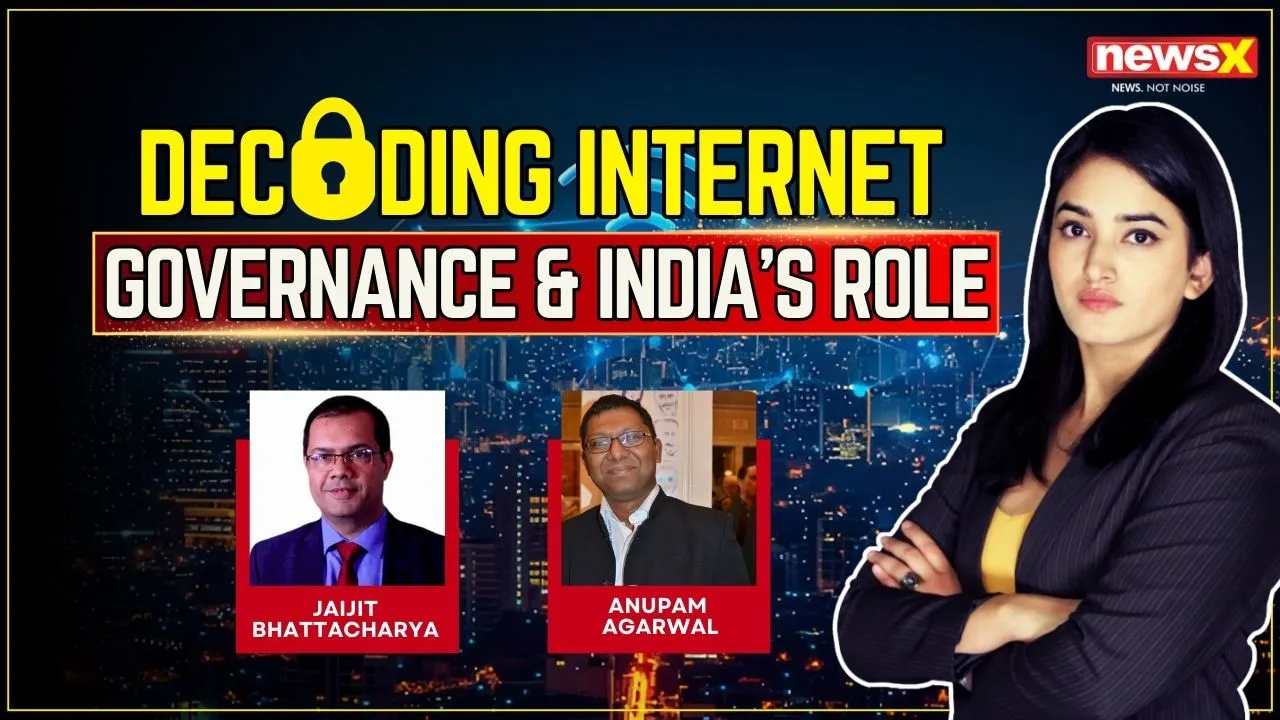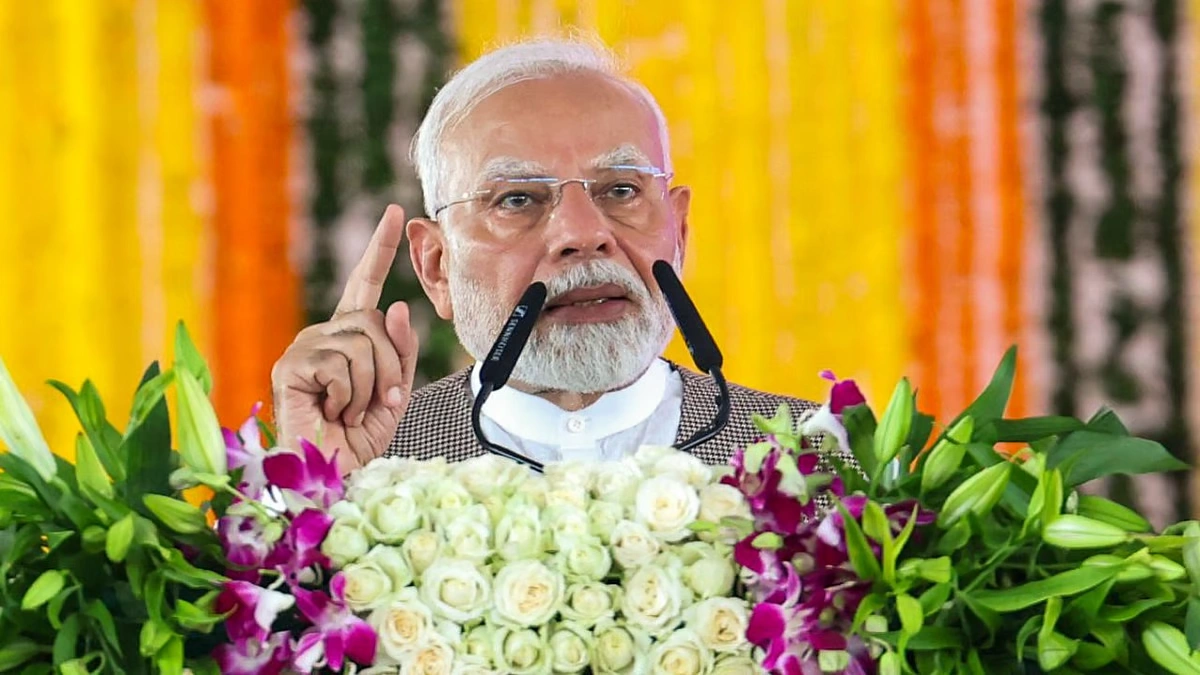Internet usage has become a necessity on a daily basis, whether for work or personal entertainment, the internet has become an integral part of our lives and a fundamental right in today’s world.
But have you ever wondered who owns the internet? Who runs it? The internet transcends countries and physical borders.
With greater access to the internet, nations, governments, and civil society also face greater challenges. Different countries and governments have varying regulations for internet use. Issues like privacy and data protection, cybersecurity, content regulation amid free speech, and intellectual property protection are some of the complexities facing a global society dependent on the internet. These complexities require a multi-stakeholder approach, with seamless coordination between governments, civil society, and tech experts.
Thus, who is up to this task, how do they go about it, and what role will India play?
In an exclusive discussion with NewsX Editor Devika Chopra, Dr. Jaijit Bhattacharya, President at the Centre for Digital Economy Policy Research and a designate council member of the Country Code Names Supporting Organization at ICANN sheds light on who is the real player behind the Internet.
He explained that it is a serious question to consider what might happen if our military is engaged at the borders and someone deletes the (.in) domain. Much of the country’s business infrastructure could collapse, and if the entire internet in India were cut off, businesses, supplies, and communications would all come to a halt.
This raises the question of who is actually running the internet, as our lives are extremely dependent on it.
Initially, the internet was managed by ICANN, which operated under the U.S. Department of Commerce for a long time. However, as countries began to realize their growing dependence on the internet, they questioned why multiple stakeholders couldn’t manage it. The problem arises when a single country controls the internet, and if there is a popular upheaval against the government, it might shut down the internet, which defeats its purpose.
#InternetGovernance |Dr. Jaijit Bhattacharya, President of the Centre for Digital Economy Policy Research, discusses the critical question of who
truly controls the internet. He highlights the potential dangers of a single country’s oversight, emphasizing that any disruption,… pic.twitter.com/Or7me2UKsB— NewsX World (@NewsX) September 28, 2024
So, how does ICANN manage the internet?
For example, when someone types www.newsx.com into their phone, the NewsX website opens because the domain name “newsx.com” is mapped to a specific server address. This mapping process is what ICANN essentially oversees. It ensures that domain names are registered and that top-level domains, such as (.in) for India, (.pk) for Pakistan, (.us) for the U.S., and global domains like (.com), are properly managed.
The internet has also been weaponized, as it is often switched off during crises for various reasons. There was even a case where the internet went down for several days in India because a shark chewed through an underwater cable. Fortunately, situations like that are less common now, as India is connected to the world by multiple undersea cables.
Functioning Of PTI (Public Technical Identifiers)
Explaining further, Mr. Anupam Aggarwal, (information technology practitioner, consultant with Tata Consulting Services, and a board member of the Public Technical Identifiers at ICANN.) explains the functioning of PTI.
The Public Technical Identifiers (PTI) is a non-profit entity linked to ICANN, tasked with managing the Internet Assigned Numbers Authority (IANA) functions. Its core duties involve coordinating the allocation of the internet’s unique identifiers, upholding the trust and confidence of the global internet community, and executing the policies and principles established by ICANN’s multistakeholder governance model.\
#InternetGovernance | Mr. Anupam Aggarwal, an information technology expert and board member of the Public Technical Identifiers (PTI) at ICANN, explains the critical functions of PTI in managing the Internet Assigned Numbers Authority (IANA) functions. As a non-profit entity… pic.twitter.com/EA6rMMbpIQ
— NewsX World (@NewsX) September 28, 2024
Strategies Of PTI:
- Trust on the Internet remains.
- we monitor and adapt all the security threats and ensure that internet remains resilient
- Services to people and netizens must be done on time.
- To ensure that PTI excel in all the operational parameters as well.
- To ensure that ICANN gets all the inputs from the ground so that they create the right policies.























